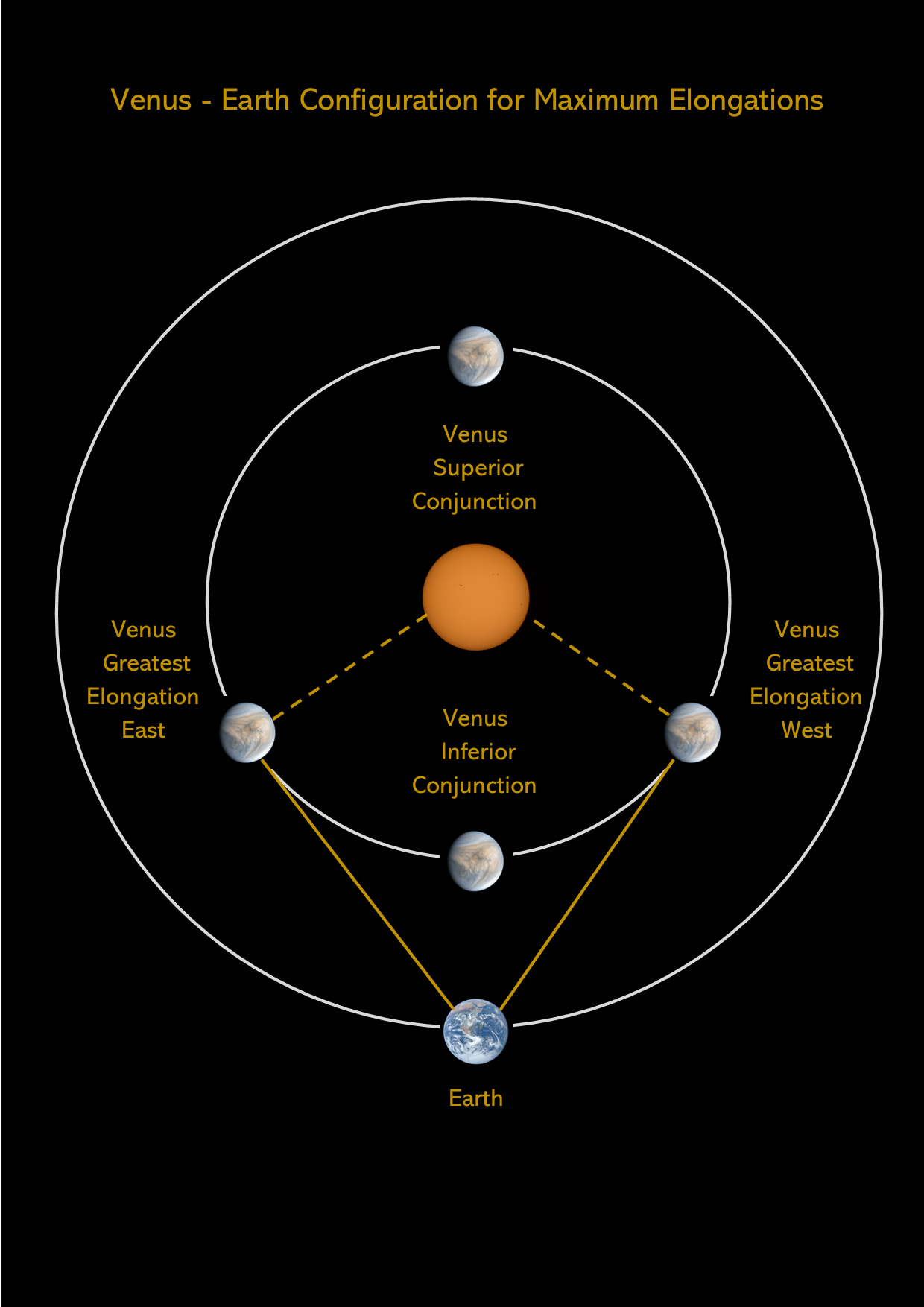Venus Shines Bright in the East on Autumn Mornings from the UK

Look east on a clear autumn morning ahead of sunrise this year and you’re sure to catch Venus shining bright in the pre-dawn sky. Our planetary neighbour is visible each morning from now until the close of the year, and is easy to spot as it is the brightest star-like object in our night sky.
In late September and throughout October until the clocks go back in the UK Venus pops up above the eastern horizon at just before 3:30am local time. At first it may appear quite dim and take on a red or orange tint when it is low over the horizon.
As Venus climbs higher in the east it escapes the thick dusty atmosphere of the horizon, taking on its familiar dazzling white appearance. So bright is Venus that you’ll actually be able to follow the planet through dawn and sunrise, and if you keep a close eye on its position, you’ll be able to track Venus in the daytime sky with binoculars.

Greatest Elongation
23 October 2023 sees Venus at its greatest elongation from the sun during its 2023-24 morning apparition. Greatest elongation is when Venus is at its farthest angular distance away from the sun as seen from our earthbound viewpoint, and so attains its highest altitude in the sky ahead of sunrise. From the UK Venus is seen more than 3 hours ahead of the rising sun at greatest elongation.
In a small telescope of 130mm aperture you’ll catch Venus as a half illuminated crescent around this time, appearing almost like a miniature half moon or first quarter moon.
This is simply because Venus shines by reflecting the light from our sun. Since the sun is at a right-angle to Venus as seen from Earth at greatest elongation only half of the Venusian globe is illuminated producing the half-lit phase that we see.

Venus in November & December
During the last two months of this year Venus slowly swings in closer to the Sun as it heads towards superior conjunction later next year. It’ll remain highly visible in the morning sky for the remainder of 2023, still rising two and a half hours ahead of the Sun by the end of December.
If you become a regular Venus watcher this autmun and early winter you’ll also notice how the azimuthal compass direction at which Venus rises changes as the months pass. It’ll essentially follow the rise direction of the Sun, which is due east in September but very much over the south east horizon by the winter solstice.
Note too that Venus seems to pass quite swiftly through the background constellations and star patterns. In September and October Venus glides through the constellations of Cancer and Leo. It passes close to Regulus, the brightest star in Leo, on the morning of 10 October with a crescent moon in attendance.
In November Venus moves through the background stars of Virgo and into the faint constellation of Libra by the end of the year.